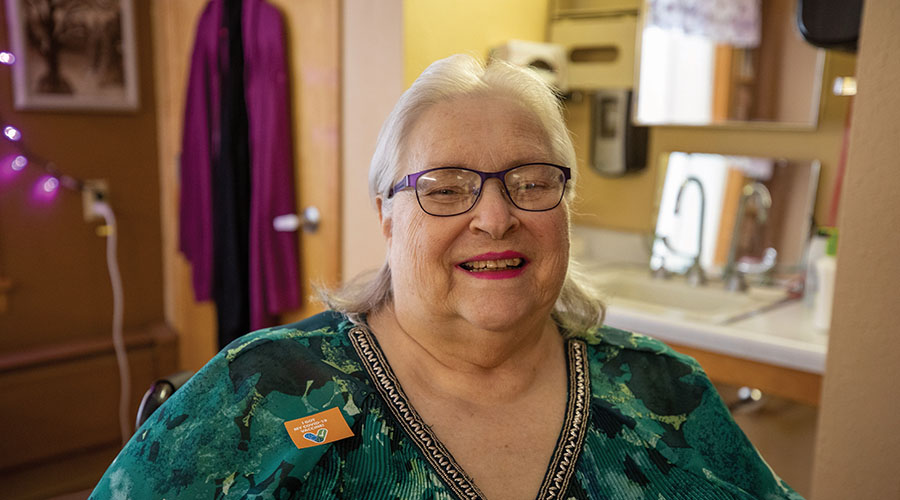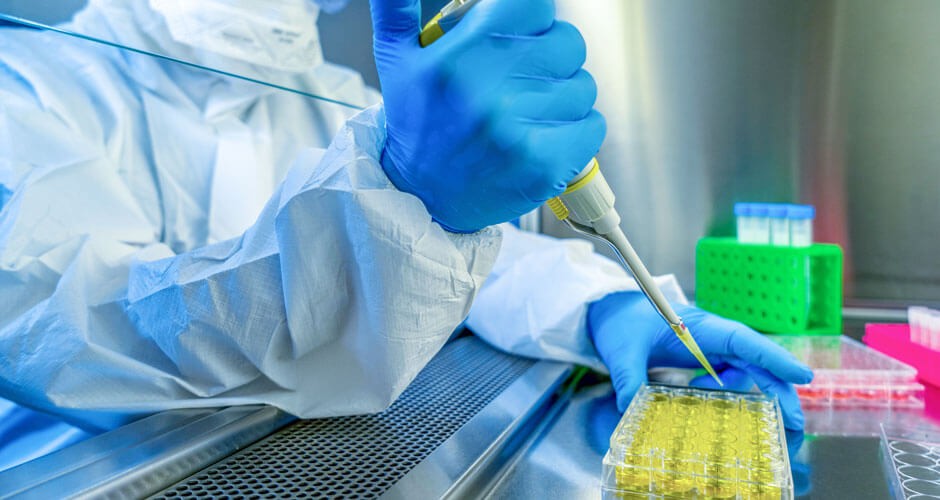The COVID-19 vaccines are the most important tools we have to protect ourselves and our communities against COVID-19. The Good Samaritan Society helps all residents stay up to date on recommended vaccines and also requires all staff members be vaccinated for COVID-19.
We’re committed to giving you the information and resources you need to make the right decision for your health. That’s why we encourage you to get vaccinated. These vaccines help keep our communities safe and healthy.
Why should you get the shot? It’s safe, and effective.
Residents and employees in Le Mars, Iowa, discuss why they chose to get vaccinated. Watch now.
Getting the vaccine to our residents
Most of our residents are up to date on their recommended COVID-19 vaccine doses. We continue to offer COVID-19 vaccines to new residents and require all staff members to receive the COVID-19 vaccine.
Our independent living and home-based residents will work with their general physicians to get the vaccine.
Booster vaccines
We recommend that all residents, employees and community members receive all COVID-19 vaccine doses for which they are eligible.
The COVID-19 Bivalent Booster is available to everyone. Those that have not received a bivalent booster may receive it after two months have passed from their primary COVID-19 vaccine series or any other previous booster dose.
The Good Samaritan Society offers booster vaccines on-site to all staff and residents.
Separating myths from facts
There’s a lot of information out there about the COVID-19 vaccines. Make sure you’re getting your information from trustworthy sources. We’re working with health experts to provide you with information you can rely on. Follow us on Facebook to get the most up-to-date news about COVID-19 and our services.
Fact: The COVID-19 vaccines don't contain a live virus
The available vaccines are mRNA vaccines (Pfizer and Moderna) and a viral vector vaccine (Janssen, or Johnson & Johnson). These vaccines deliver messages to your immune system that help it recognize and fight a COVID-19 infection. It is impossible to get the COVID-19 virus from the vaccines.
Fact: mRNA vaccines can't access your DNA
The COVID-19 vaccines that use mRNA can’t change your DNA. mRNA is a short-term message that can’t access a cell’s nucleus, which is where DNA is stored. After it delivers its message to your immune system, it dissolves and does not hang around.
Fact: Millions of Americans have safely been vaccinated
Over 325 million doses of the vaccines have been given in the U.S., and 172 million Americans are fully vaccinated. The vaccines went through a rigorous approval process and showed limited side effects in clinical trials. We know they are safe and effective.
Read the full article to learn more.
Vaccine side effects
Most people who get the COVID-19 vaccine experience mild to no side effects. Side effect are not a bad thing. These reactions show the vaccine is working and your body is building an immune response.
Side effects of the COVID-19 vaccine include chills, fatigue, fever, headache, joint and muscle pain, nausea and vomiting.
At the injection site, you may experience:
- Pain
- Redness
- Swelling
These side effects are most common after a second dose of the vaccine and will typically resolve after one or two days.


